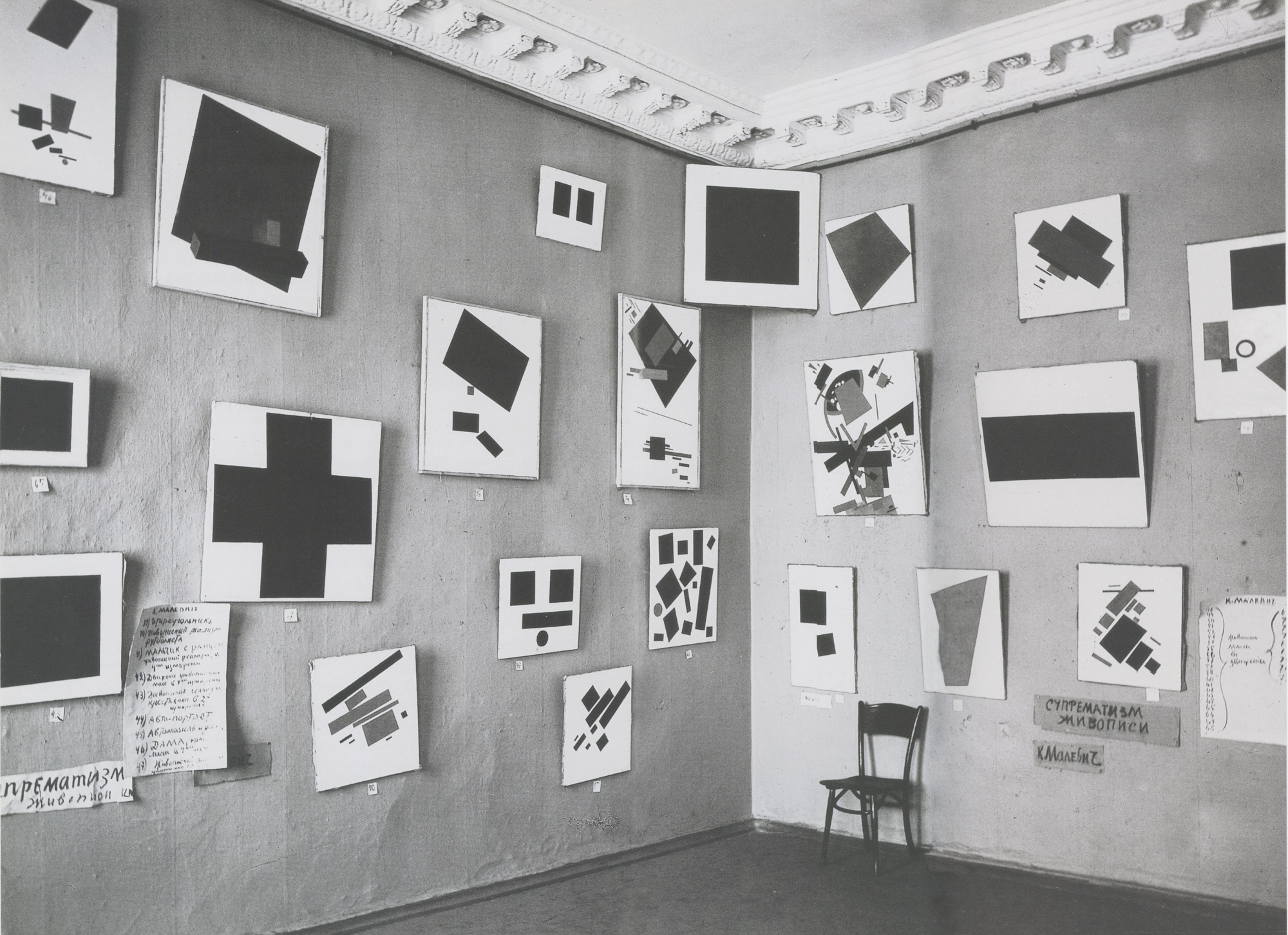Thierry de Duve, “Don’t Shoot the Messenger,” Artforum, November 2013, 265.
Quoted in Pankaj Mishra, The Age of Anger (New York: Farrar, Straus and Giroux, 2017), 143.
Quoted in Orlando Figes, A People’s Tragedy (Penguin: London 1996/2017), 54.
Boris Groys, Die Erfindung Russlands (Munich: Hanser, 1995), 25.
Figes, People’s Tragedy, 89.
Ibid., 126.
See Mishra, Age of Anger, 68; and Figes, People’s Tragedy, 123.
Groys, Erfindung Russlands, 26.
Figes, People’s Tragedy, 130.
Nikolay Chernyshevsky, “The Aesthetic Relations of Art to Reality,” in Russian Philosophy Volume II, eds. James M. Edie, James Scanlan, and Mary-Barbara Zeldin (Chicago: Quadrangle Books 1965), 27.
Chernyshevsky, “The Aesthetic Relations of Art to Reality,” quoted here in Geschichte der russischen Kunst, ed. Nikolai Maskovcev (Moscow, Dresden, 1975), 257. (This passage is not in the published English translation.)
Naum Gabo, Of Divers Arts (New York: Faber, 1962), 147.
Nadezhda Tolokonnikova, closing statements from trial of August 8, 2012 →.
M. Eltchaninoff, In Putins Kopf. Die Philosophie eines lumpenreinen Demokraten (Stuttgart, 2016), 119.
Fyodor Dostoyevsky, “Mr. G.- bov and the Question of Art,” in Occasional Writings (Evanston, IL: Northwestern University Press, 1997), 132, 131.
Ibid., 124. Italics in original.
Fyodor Dostoyevsky, “A Propos of the Exhibition,” in A Writer’s Diary Vol. 1: 1873–1876 (Evanston, IL: Northwestern University Press, 1994), 205–16.
Fyodor Dostoyevsky, diary entry from 1881.
Mishra, Age of Anger, 68.
Vladimir Solovyov, The Crisis of Western Philosophy: Against the Positivists (Hudson, NY: Lindisfarne Books, 1996), 149. (Translation altered to reflect the meaning of the original Russian, as reflected in the author’s translation into German.)
Quoted in Geir Kjetsaa, Maxim Gorki (Hildesheim, 1996), 231.
Sergei Diaghilev, “Osnovy chudožestvenoj ocenki” (The Foundations for Artistic Evaluation), Mir iskusstva 1 (1898): 60.
Ibid., 58ff.
David Burliuk, “The ‘Savages’ of Russia,” in The Blaue Reiter Almanac (New York: MFA Publications, 1989), 75.
Lev Shestov, “Dostoevskij i Nitse,” Mir iskusstva 7 and 8 (1900). See also Lev Shestov, “Dostoevsky and Nietzsche,” in Dostoevsky, Tolstoy and Nietzsche (Athens, OH: Ohio University Press, 1969).
Ilya Repin, “Po adresu ‘Mira iskusstva,’” reprinted in Mir iskusstva 10 (1899).
Vladimir Stasov, “Chudye duchom,” Novosti i birževaja gazeta, January 1, 1899.
Wassily Kandinsky, “Reminiscences,” Complete Writings on Art (New York: Da Capo Press, 1994), 362.
Georgy Chulkov, Pokryvalo izidy. Kritičeskie očerky (Moscow 1909), 77.
Natalya Goncharova, “Preface to catalogue of one-man exhibition, 1913,” in Russian Art of the Avant-Garde, Theory and Criticism, 1902–1934, ed. John Bowlt (New York: Thames & Hudson, 1976), 57–58.
Nikolay Punin, “Puti sovremennovo iskusstva i russkaja ikonopis,” Apollon 10 (1913), 50.
“Kazimira Maleviča. Glavy iz avtobiografii chudožnika,” in Kistorii russkogo avantgarda (Stockholm 1976), 108, 118.
See also Aleksei Kruchenykh, Ivan Klyun, Kazimir Malevich, “Tajnye poroki akademikov” (Secret Vices of the Academicians), Moscow 1915. Here, too, the authors refer directly to Dostoyevsky.
Letter to Matyushin, 1913, in Sieg über die Sonne, exhibition catalogue (Berlin 1983), 39.
Mishra, Age of Anger, 155.
Kazimir Malevich, Suprematismus—die gegenstandslose Welt (Cologne 1962), 99. (Translated from the German by NG, as this passage doesn’t appear in the published English version, The Non-Objective World: A Manifesto of Suprematism.)
Gabo, Of Diverse Arts, 172.
Malevich, Suprematismus—Die gegenstandslose Welt, 98.
Natalia Murray, The Unsung Hero of the Russian Avant-Garde (Boston: Brill, 2012), 124.
Quoted in ibid., 194.
Nikolay Berdyaev, Vlastni životopis (Olomouc, 2005), 202.
Translated from the German by Nicholas Grindell.
